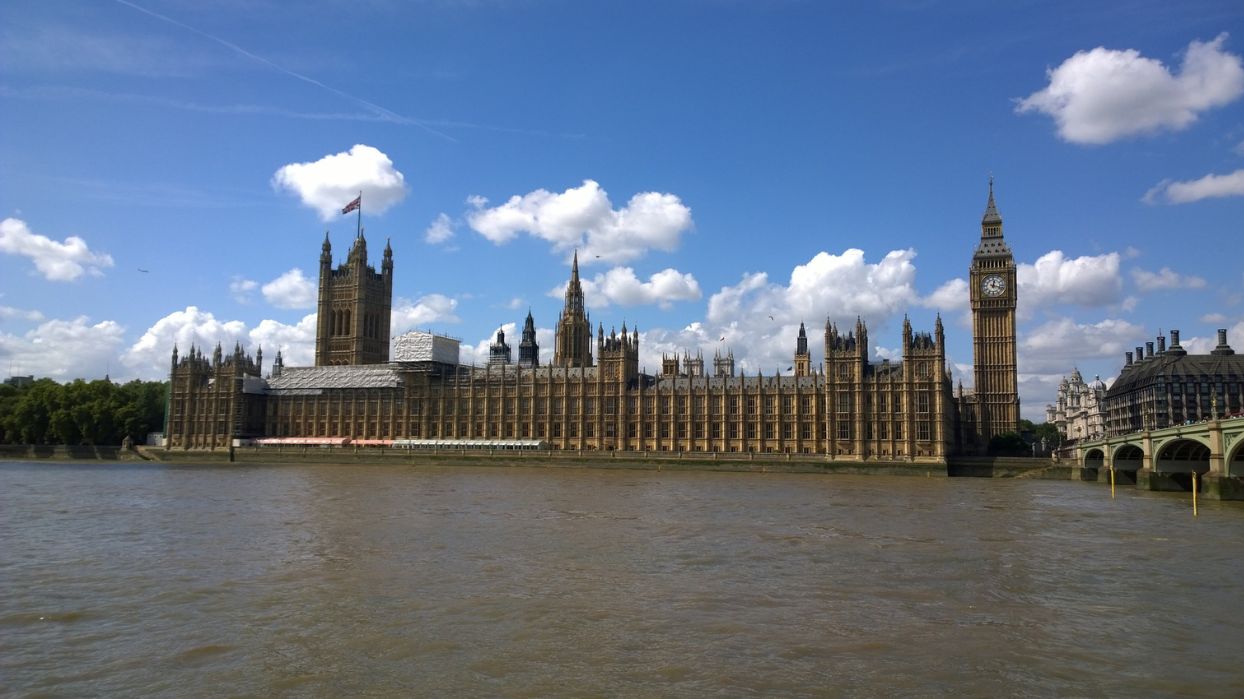An IP firm’s failed attempt to stop a multi-million pound representative action has signalled a change from the court’s previous stance on this kind of claim.
David Pickstone, Darren Kidd and Alex Lerner consider the recent High Court judgment in Commission Recovery Limited v Marks & Clerk LLP & Another [2023] EWHC 398 (Comm), which permitted a claimant pursuing a claim in respect of secret commissions to proceed on behalf of itself and clients and former clients of one of the defendants.
CPR 19.6
Civil Procedure Rule (CPR) 19.6(1) provides that where more than one person has the same interest in a claim, the claim may be begun by or against one or more of the persons who have the same interest as representatives of any other persons who have that interest.
Historically, the courts have taken a restrictive approach to the same interest test in CPR 19.6(1). It was generally thought that a representative action could not be brought if the remedy claimed included damages (because that would be a ‘personal relief’, which would need to be proved separately for each claimant).
Although the Supreme Court’s decision in Lloyd v Google [2021] 3 W.L.R. 1268 held that damages or other monetary relief were not a bar to a representative action, the potential for claiming damages in that case was limited by the compensatory principle (i.e, awarding damages so as to put a claimant in the same position as if the wrong had not occurred).
However, the recent decision in Commission Recovery Limited v Marks & Clerk LLP may mark a significant departure from the historically restrictive approach to the “same interest” test in CPR 19.6, thereby opening the door to wider use of representative actions than was previously thought possible.
Facts
The claimant, Commission Recovery Limited, commenced proceedings on behalf of itself and as a representative of current and former clients of the first defendant, a firm of patent and trademark attorneys (Marks & Clerk LLP), alleging that it and a company associated with it (Long Acre Renewals), received secret commissions for passing information about upcoming renewals of intellectual property rights to a third company (CPA Global Limited).
The claimant was not a client of Marks & Clerk LLP but had taken an assignment of the claims of a client (Bambach Saddle Seat (Europe) Limited) under an arrangement pursuant to which it would receive 15% of the gross proceeds of any recoveries from the assigned rights.
The defendants sought a direction that the claimant could not act as a representative for all clients and former clients of Marks & Clerk LLP pursuant to CPR 19.6 because the same interest requirement in CPR 19.6(1) was not satisfied.
Approach
In setting out the courts’ approach to CPR 19.6, the judge, The Honourable Mr Justice Robin Knowles CBE, noted Lord Leggatt’s comments in Lloyd v Google to the effect that there was no reason to decline to apply (or to interpret restrictively) the “representative rule” (i.e, the rule in CPR 19.6). He said it should be treated as a flexible tool of convenience in the administration of justice and applied to the exigencies of modern life as occasion requires. He continued by saying that the phrase “same interest” needed to be interpreted purposively in light of the overriding objective of the CPR (to deal with cases justly and at proportionate cost) and the rationale for the representative procedure.
Jurisdiction
A prospective representative claimant must satisfy the court that it has the same interest in the claim as the person(s) represented. This requirement aims to ensure that the representative can be relied on to conduct the litigation in a way that will effectively promote and protect the interests of all represented class members.
In Lloyd v Google, Lord Leggatt noted that so long as advancing the case of class members affected by the issue would not prejudice the position of others, there was no reason in principle why the same person should not represent all class members.
Accordingly, in Commission Recovery Ltd v Marks & Clerk LLP, the fact that different members of the class may be in different positions on limitation did not prejudice the interests of some clients at the expense of others. Nor did limitation make the case one in which there would need to be an individualised assessment of every represented person, albeit there would need to be some case management and potentially individual arrangements outside of CPR 19.6.
Ultimately, although the judge identified a number of issues that would require careful handling in the case going forward, each was capable of resolution, and none was fatal on jurisdiction. Such factors informed discretion but did not indicate an absence of a “same interest”.
Discretion
Where the same interest requirement is satisfied, the court has discretion as to whether to allow a claim to proceed as a representative action.
The defendants argued, amongst other things, that the court should exercise its discretion not to allow the representative claim to proceed on the basis that the proceedings would not resolve all possible claims. The judge rejected that submission, finding that it was not the purpose of the CPR 19.6 jurisdiction to resolve all possible claims. The claimant had sought to define the class as best it could in the circumstances. Even if the proceedings would assist only some, that would still be better than none.
The defendants also argued that absent legislative intervention, the court could not direct that sums paid by a defendant in respect of a claim pursued by a representative on behalf of others are paid otherwise than to the person or persons whose cause of action have been established. The judge held that, in principle, this was a problem common law and equity could resolve. For instance, the jurisdiction in Re Berkeley Applegate (Investment Consultants) Ltd [1989] BCLC 28 might be adopted to allow reasonable costs of the recovery achieved to be paid before disbursement to the members of the class. Other approaches and techniques might also be relevant.
The judge also held that a claim for undisclosed or secret commission was a reasonable example of an entitlement to damages that could be calculated on a basis common to all the members of the class. The fact that the commission varied between clients did not deflect from that. Even if it did, there would still be advantages in terms of justice and efficiency if common issues of law or fact could be decided through a representative claim, leaving over issues requiring individual determination. This rationale again adopts aspects of Lord Leggatt’s decision in Lloyd v Google. However, importantly, it distinguishes the recovery of undisclosed or secret commissions from damages requiring individualised assessment.
As a final point, the judge noted he would consider, at the defendants’ request, authorising a suitable form of communication from the court advising class members that they may “opt out”. Class members could then opt out, and the responses (or lack thereof) could “inform the overall picture” of the litigation going forward. It would then be open to the defendants to make a further application under CPR 19.6(2) at a later point because it was not a “once and for all time” provision. Instead, it deals with a question of continuing relevance that can be re-examined if new points emerge during litigation.
Comment
The judge was careful not to stifle the representative action at an early stage and did not seek to resolve every possible point of detail, intentionally leaving various decisions and issues open for case management later in the proceedings. Instead, the judgment focused on core issues. On the approach, the judge noted (and then demonstrated) the flexibility of the jurisdiction. On jurisdiction, the judge focused on the issue of prejudice so as to avoid being mired by complexities. On discretion, the judge balanced various factors and concluded: “If the choice is this or nothing, then better this.”
Much may go against the claimant in terms of case management, and, indeed, the defendants may well seek to appeal. However, at least for now, this judgment potentially marks an important departure from the court’s historical approach to representative actions pursuant to CPR 19.6.
There are signs of a new lease of life for CPR 19.6, but its full development remains to be seen.
You can find further information regarding our expertise, experience and team on our Commercial Litigation pages.
If you require assistance from our team, please contact us.
Subscribe – In order to receive our news straight to your inbox, subscribe here. Our newsletters are sent no more than once a month.







